Home>Furniture & Design>Outdoor Furniture>How Often To Water Outdoor Palm Trees
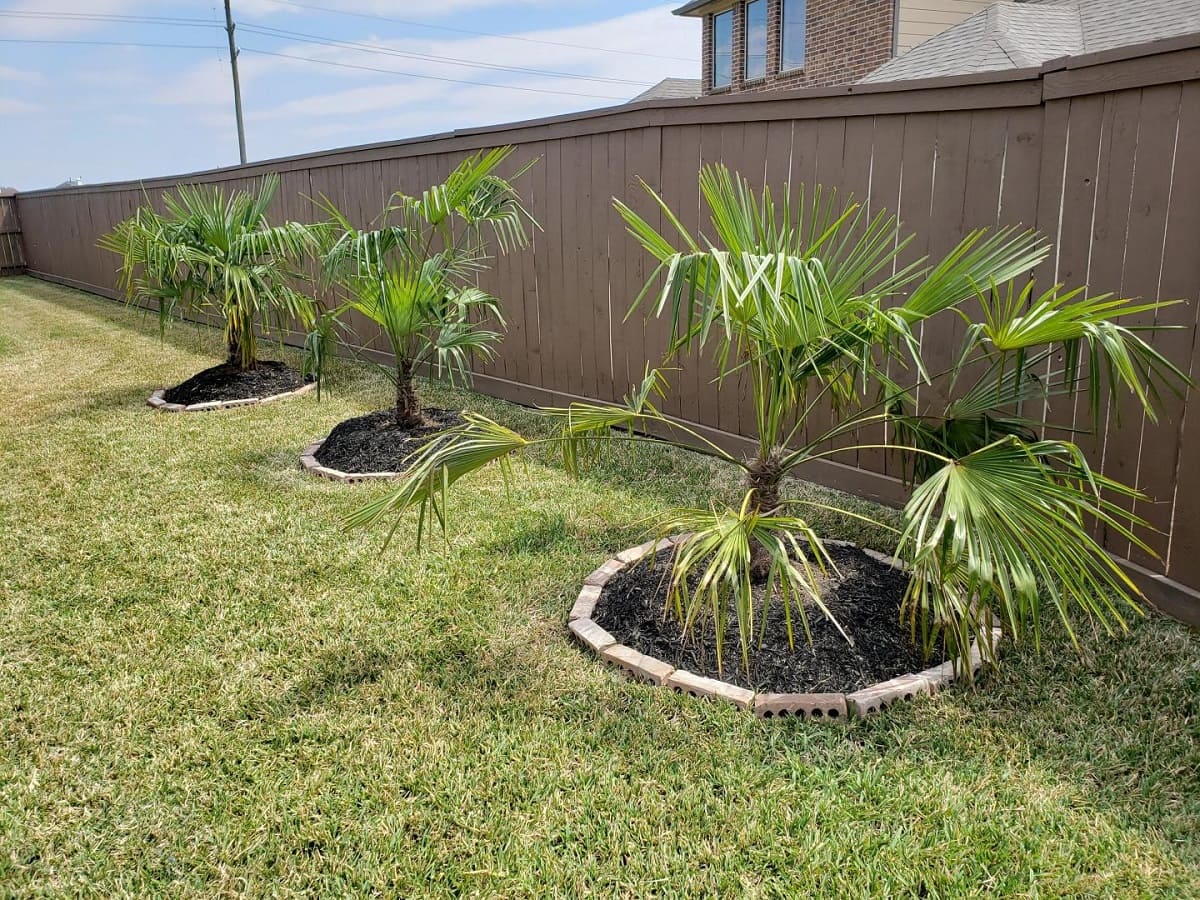

Outdoor Furniture
How Often To Water Outdoor Palm Trees
Published: January 14, 2024
Discover the best watering schedule for outdoor palm trees to maintain their health and beauty. Learn expert tips for caring for your outdoor furniture and design.
(Many of the links in this article redirect to a specific reviewed product. Your purchase of these products through affiliate links helps to generate commission for Storables.com, at no extra cost. Learn more)
Introduction
When it comes to creating a lush and inviting outdoor space, palm trees are a popular choice for adding a touch of tropical elegance. These majestic trees not only provide a stunning focal point but also contribute to the overall ambiance of a landscape. However, to ensure that your outdoor palm trees thrive and flourish, it's essential to understand the crucial role that proper watering plays in their care.
Watering outdoor palm trees may seem straightforward, but it requires a delicate balance to maintain their health and vitality. In this comprehensive guide, we will delve into the various factors that influence the frequency of watering, the telltale signs of overwatering and underwatering, an optimal watering schedule, and invaluable tips for ensuring that your outdoor palm trees receive the hydration they need to thrive in their natural environment.
Join us as we explore the art and science of watering outdoor palm trees, unraveling the secrets to nurturing these iconic botanical wonders and elevating the allure of your outdoor living space.
Key Takeaways:
- Proper watering is crucial for outdoor palm trees. Factors like climate, soil type, and tree age affect watering frequency. Signs of overwatering and underwatering should be monitored for tree health.
- A well-structured watering schedule is essential. Deep watering, mulching, and consistent observation are key practices. Adapting to seasonal changes and integrating natural rainfall are also important for palm tree care.
Read more: How To Care For Outdoor Potted Palm Trees
Factors Affecting Watering Frequency
Understanding the factors that influence the watering needs of outdoor palm trees is vital for maintaining their health and promoting robust growth. Several key elements come into play when determining the frequency of watering:
- Climate: The climate in which the palm trees are situated is a primary consideration. In hot and arid regions, palm trees may require more frequent watering to combat the effects of intense sunlight and dry air. Conversely, in cooler and more humid climates, the watering frequency may be reduced.
- Soil Type: The composition of the soil significantly impacts the watering requirements of palm trees. Well-draining soil allows for adequate water penetration while preventing waterlogging, whereas dense or clay-like soil may retain moisture, necessitating less frequent watering.
- Tree Age and Size: The age and size of the palm trees also play a role in determining watering frequency. Young palm trees and newly planted specimens generally require more frequent watering to establish their root systems and sustain healthy growth. Mature palm trees may have developed extensive root systems, affecting their water uptake and, subsequently, their watering needs.
- Seasonal Variations: Seasonal changes, such as temperature fluctuations and rainfall patterns, directly impact the watering frequency for outdoor palm trees. During hot and dry seasons, increased watering may be necessary to offset moisture loss, while reduced watering may suffice during cooler and wetter periods.
- Exposure to Sunlight and Wind: The exposure of palm trees to direct sunlight and strong winds can accelerate moisture evaporation from the soil and foliage. As a result, palm trees in exposed locations may require more frequent watering to compensate for the heightened transpiration and evaporation rates.
By considering these influential factors, you can tailor your watering regimen to suit the specific needs of your outdoor palm trees, ensuring that they receive the appropriate moisture levels to thrive in their unique environment.
Signs of Overwatering and Underwatering
Recognizing the signs of overwatering and underwatering is crucial for maintaining the health and vitality of outdoor palm trees. Both conditions can have detrimental effects on the trees’ well-being, making it essential to identify and address these issues promptly.
Signs of Overwatering:
Overwatering can lead to various symptoms that indicate an imbalance in the moisture levels surrounding the palm tree’s root system. Common signs of overwatering include:
- Yellowing or browning of fronds, starting from the tips and progressing inward
- Wilting or drooping fronds, often accompanied by a mushy or foul-smelling trunk base
- Stagnant water pooling around the base of the tree or in the container
- Development of mold, mildew, or fungal growth on the soil surface
- Reduced vigor and stunted growth despite adequate sunlight and nutrition
Signs of Underwatering:
Insufficient moisture can also manifest in visible indicators that the palm tree is not receiving adequate hydration. Signs of underwatering may include:
- Wilting or drooping fronds, often accompanied by a crispy or withered texture
- Browning or yellowing of lower fronds, progressing upward as the condition worsens
- Dry, crumbly, or compacted soil that struggles to retain moisture
- Visible signs of stress, such as leaf curling or defoliation to conserve water
- Slowed growth and diminished overall health, despite favorable environmental conditions
By closely monitoring the appearance and behavior of your outdoor palm trees, you can detect these telltale signs and take appropriate measures to rectify the watering regimen. Adjusting the watering frequency and volume in response to these indicators can help restore the trees’ equilibrium and promote their continued well-being.
Water outdoor palm trees deeply once a week, allowing the soil to dry out slightly between waterings. Adjust frequency based on weather and soil moisture.
Watering Schedule for Outdoor Palm Trees
Establishing a well-structured watering schedule is essential for nurturing the health and vibrancy of outdoor palm trees. By adhering to a consistent watering regimen, you can provide the necessary hydration while preventing the adverse effects of both overwatering and underwatering. Consider the following guidelines when devising a watering schedule for your palm trees:
- Frequency: The frequency of watering largely depends on the prevailing environmental conditions, including climate, soil type, and seasonal variations. In general, outdoor palm trees may require watering every 1-2 weeks during the growing season, with adjustments made based on specific factors such as temperature, rainfall, and humidity levels.
- Volume: When watering outdoor palm trees, aim to deliver a thorough soaking to ensure deep penetration and adequate moisture uptake by the roots. A slow, steady application of water allows the soil to absorb the moisture effectively, promoting robust root development and overall tree health.
- Time of Day: To optimize water absorption and minimize moisture loss through evaporation, it is advisable to water outdoor palm trees in the early morning or late afternoon. These times of day coincide with lower temperatures and reduced wind speeds, creating an optimal environment for efficient water uptake and utilization by the trees.
- Seasonal Adjustments: Adapting the watering schedule to accommodate seasonal changes is crucial for meeting the evolving needs of outdoor palm trees. During periods of intense heat or drought, increasing the frequency of watering can help mitigate moisture stress and sustain the trees’ vitality. Conversely, reducing watering during cooler or wetter seasons prevents waterlogged conditions and potential root rot.
- Monitoring and Adjustment: Regularly assessing the soil moisture levels and observing the tree’s response to watering is essential for fine-tuning the schedule. By staying attuned to the palm trees’ condition and the environmental cues, you can make informed adjustments to the watering regimen, ensuring that it remains aligned with the trees’ requirements.
By implementing a well-crafted watering schedule tailored to the specific needs of your outdoor palm trees, you can foster an environment conducive to their flourishing, enhancing the beauty and allure of your outdoor landscape.
Tips for Proper Watering
Mastering the art of proper watering is instrumental in nurturing the health and vitality of outdoor palm trees. By incorporating the following tips into your watering practices, you can optimize the moisture levels and create an environment conducive to the optimal growth of these iconic botanical wonders:
- Deep Watering: When watering outdoor palm trees, focus on delivering deep, thorough soakings rather than frequent shallow watering. This encourages the development of a robust root system that can effectively access moisture from deeper soil layers, enhancing the trees’ resilience and longevity.
- Water Distribution: Ensure that the water is distributed evenly around the palm tree’s root zone, extending from the trunk to the drip line. This comprehensive coverage promotes uniform root development and prevents localized dry spots that can compromise the tree’s health.
- Mulching: Applying a layer of organic mulch around the base of outdoor palm trees helps conserve soil moisture, regulates soil temperature, and reduces water evaporation. Additionally, mulch serves as a protective barrier, shielding the roots from extreme temperatures and minimizing weed competition.
- Hydration Assessment: Regularly assess the soil moisture levels to gauge the necessity of watering. Utilize a moisture meter or perform a simple soil moisture test by probing the soil with a trowel or your finger. Adjust the watering frequency based on the observed moisture conditions, striving to maintain a balanced and consistent level of soil moisture.
- Container Considerations: If your palm trees are container-grown, ensure that the containers feature adequate drainage holes to prevent waterlogging. Monitor the soil moisture more closely in containerized palm trees, as they may require more frequent watering due to their limited soil volume and faster moisture depletion.
- Rainfall Integration: Factor in natural rainfall when determining the watering schedule for outdoor palm trees. Adjust the watering frequency based on the amount of precipitation received, aiming to supplement rainfall during dry spells and reducing watering during periods of increased rainfall.
- Consistent Observation: Regularly observe the palm trees for any signs of overwatering or underwatering, adjusting the watering regimen as needed. By maintaining a proactive and attentive approach, you can preemptively address potential issues and uphold the trees’ well-being.
By embracing these effective watering practices, you can cultivate an environment that fosters the sustained health and beauty of your outdoor palm trees, elevating the allure of your outdoor living space and creating a captivating tropical ambiance.
Read more: How To Plant Palm Tree Seeds
Conclusion
Watering outdoor palm trees is a balancing act that requires a nuanced understanding of the trees’ unique requirements and the environmental factors influencing their hydration needs. By considering the interplay of climate, soil type, tree age, and seasonal variations, you can tailor a watering regimen that sustains the health and vibrancy of these iconic botanical treasures.
Recognizing the telltale signs of overwatering and underwatering empowers you to respond proactively, adjusting the watering schedule and volume to restore equilibrium and promote the trees’ well-being. Through consistent observation and thoughtful adaptation, you can fine-tune the watering practices to align with the evolving needs of your outdoor palm trees, ensuring that they thrive in their natural habitat.
Embracing proper watering techniques, such as deep watering, mulching, and diligent soil moisture assessment, enables you to create an optimal environment that supports the robust growth and longevity of outdoor palm trees. By integrating these best practices into your landscape care routine, you can elevate the allure of your outdoor living space, infusing it with the timeless charm and exotic beauty of palm trees.
As you embark on the journey of nurturing your outdoor palm trees, may this guide serve as a valuable resource, empowering you to cultivate a thriving and captivating landscape adorned with the splendor of these majestic botanical wonders. With a mindful approach to watering and a deep appreciation for the natural splendor of palm trees, you can create an outdoor oasis that beckons with tropical allure and timeless elegance.
Frequently Asked Questions about How Often To Water Outdoor Palm Trees
Was this page helpful?
At Storables.com, we guarantee accurate and reliable information. Our content, validated by Expert Board Contributors, is crafted following stringent Editorial Policies. We're committed to providing you with well-researched, expert-backed insights for all your informational needs.
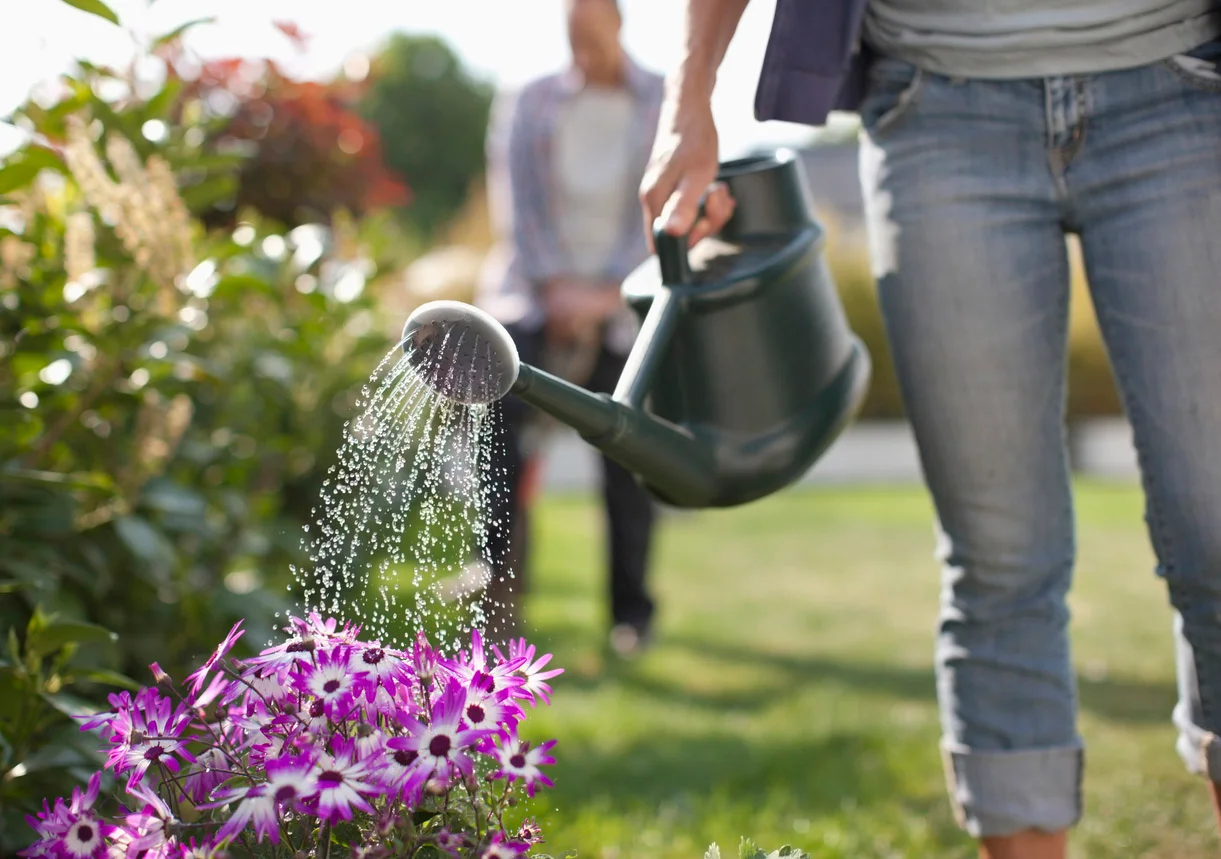
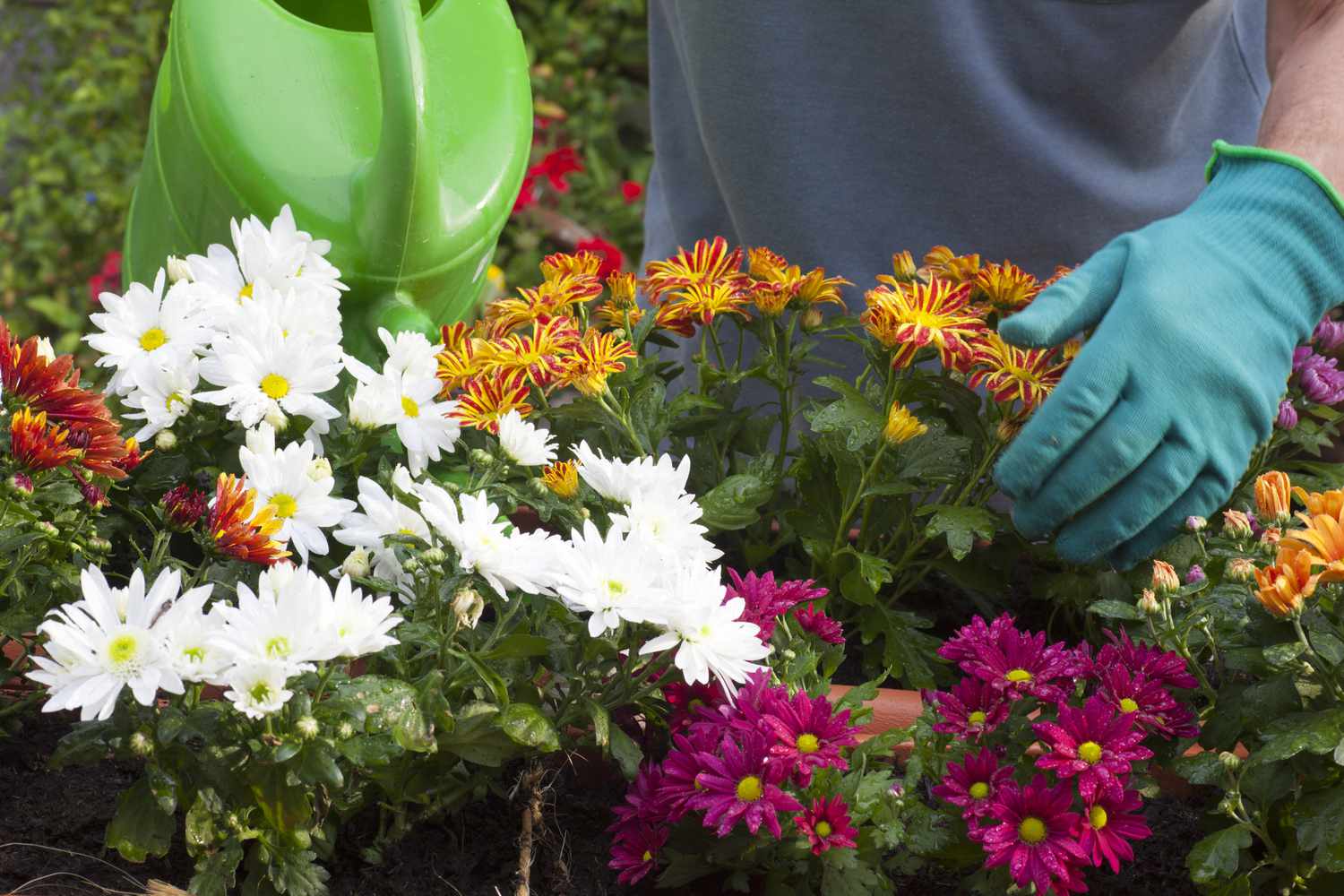
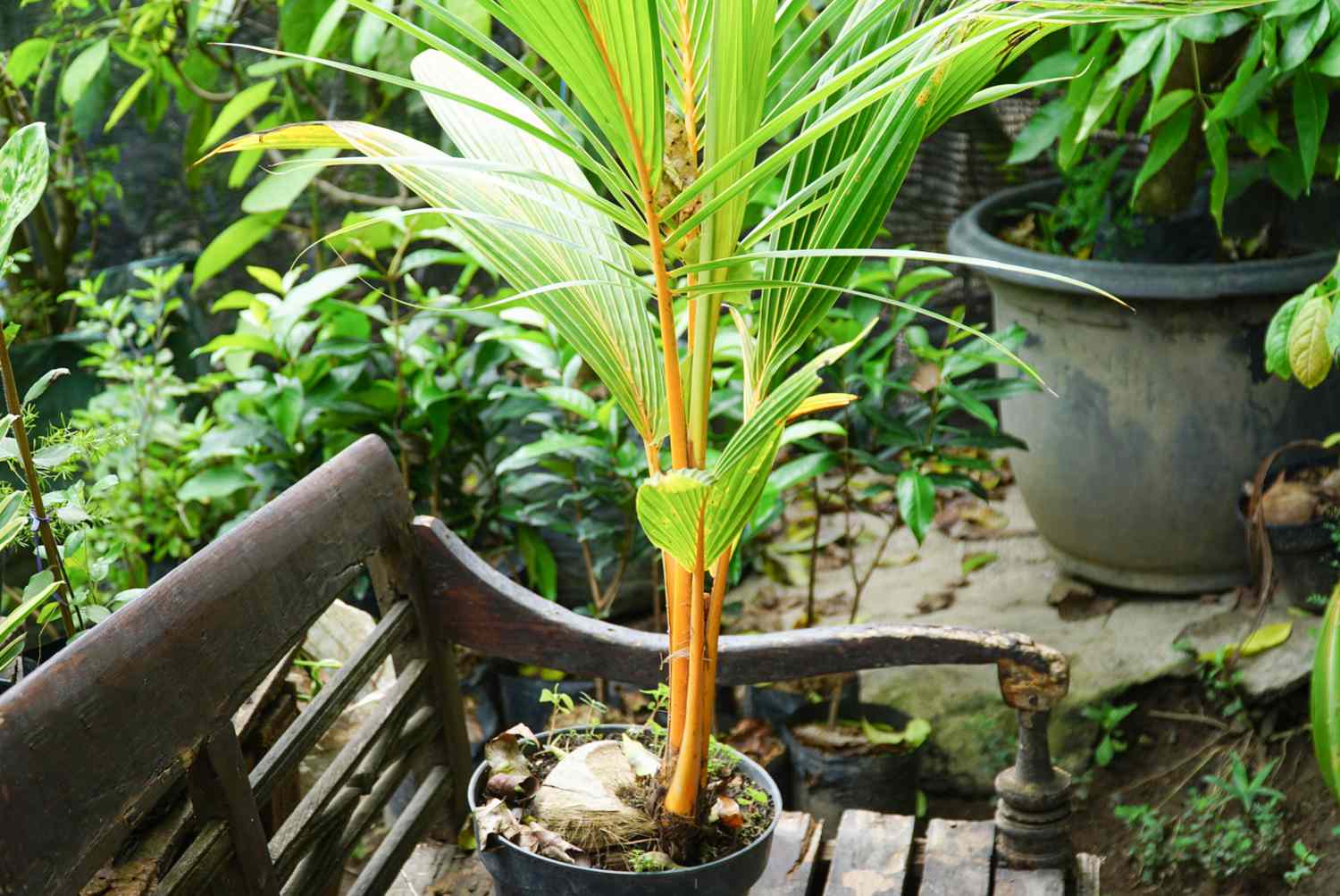
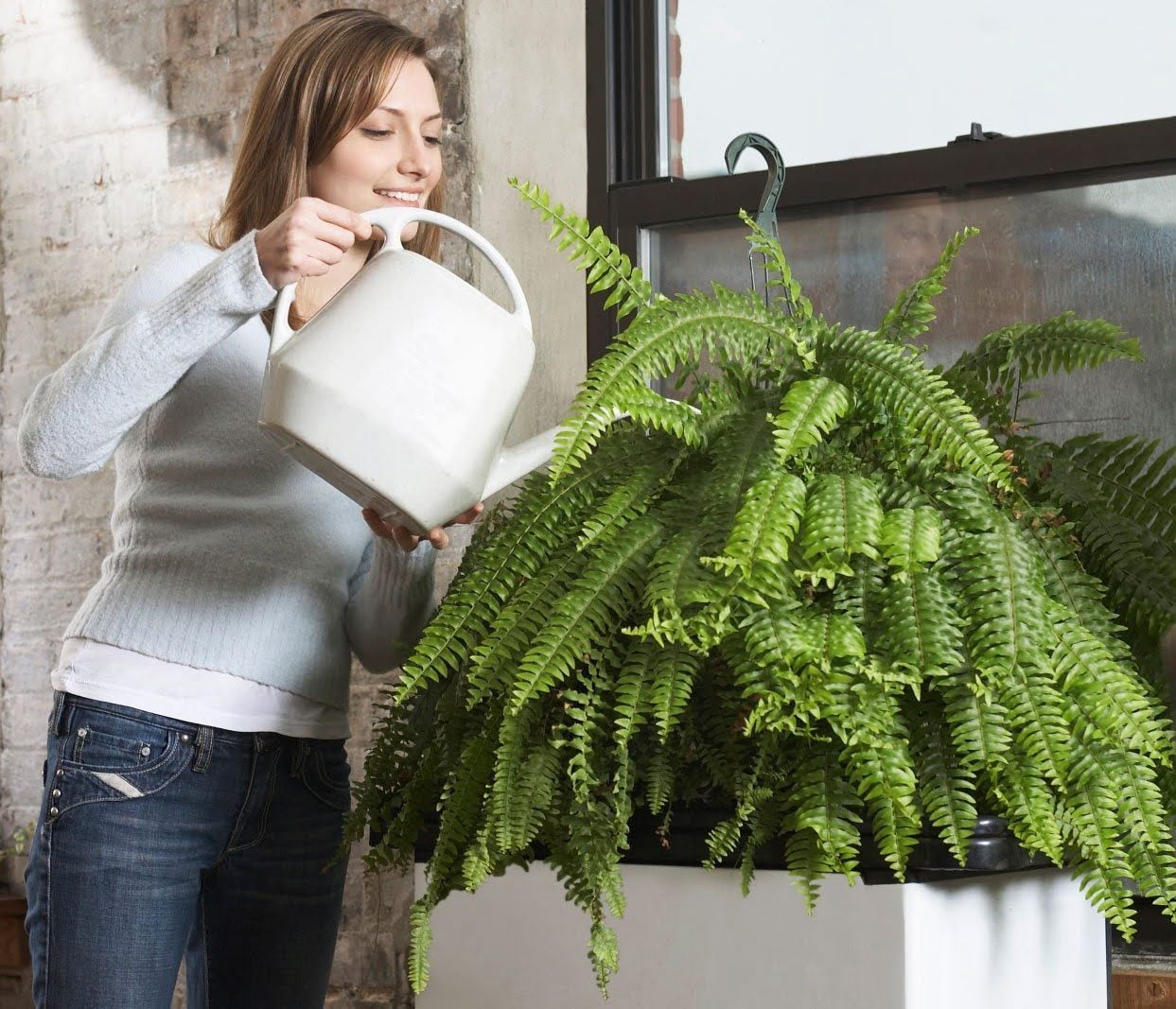
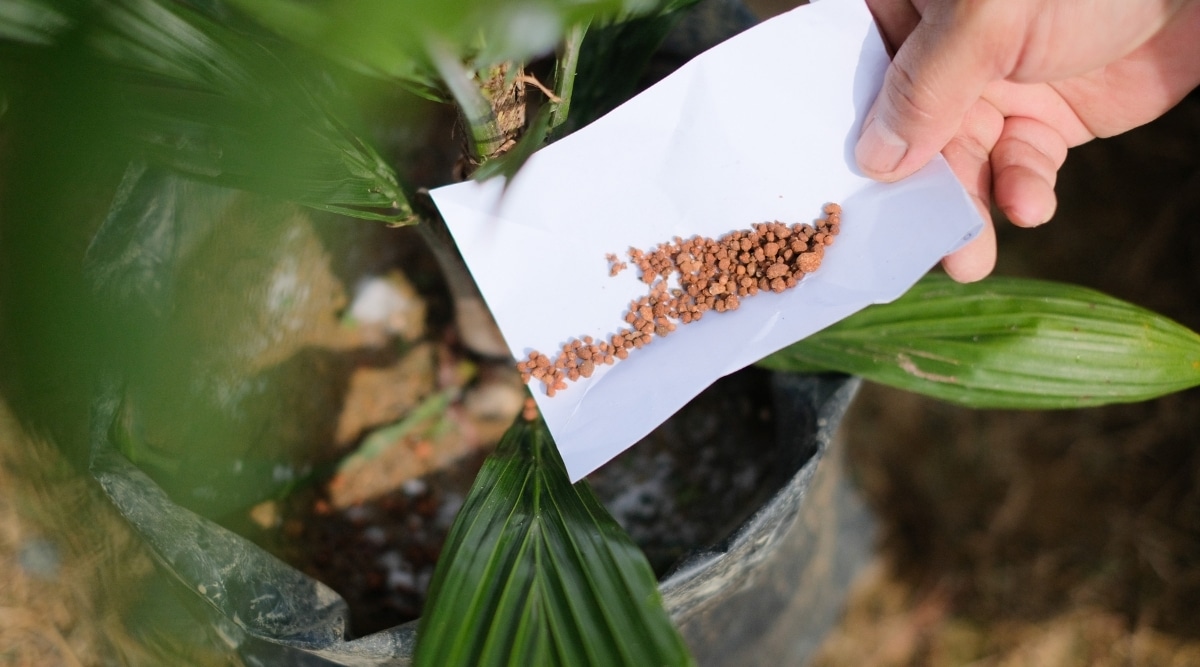
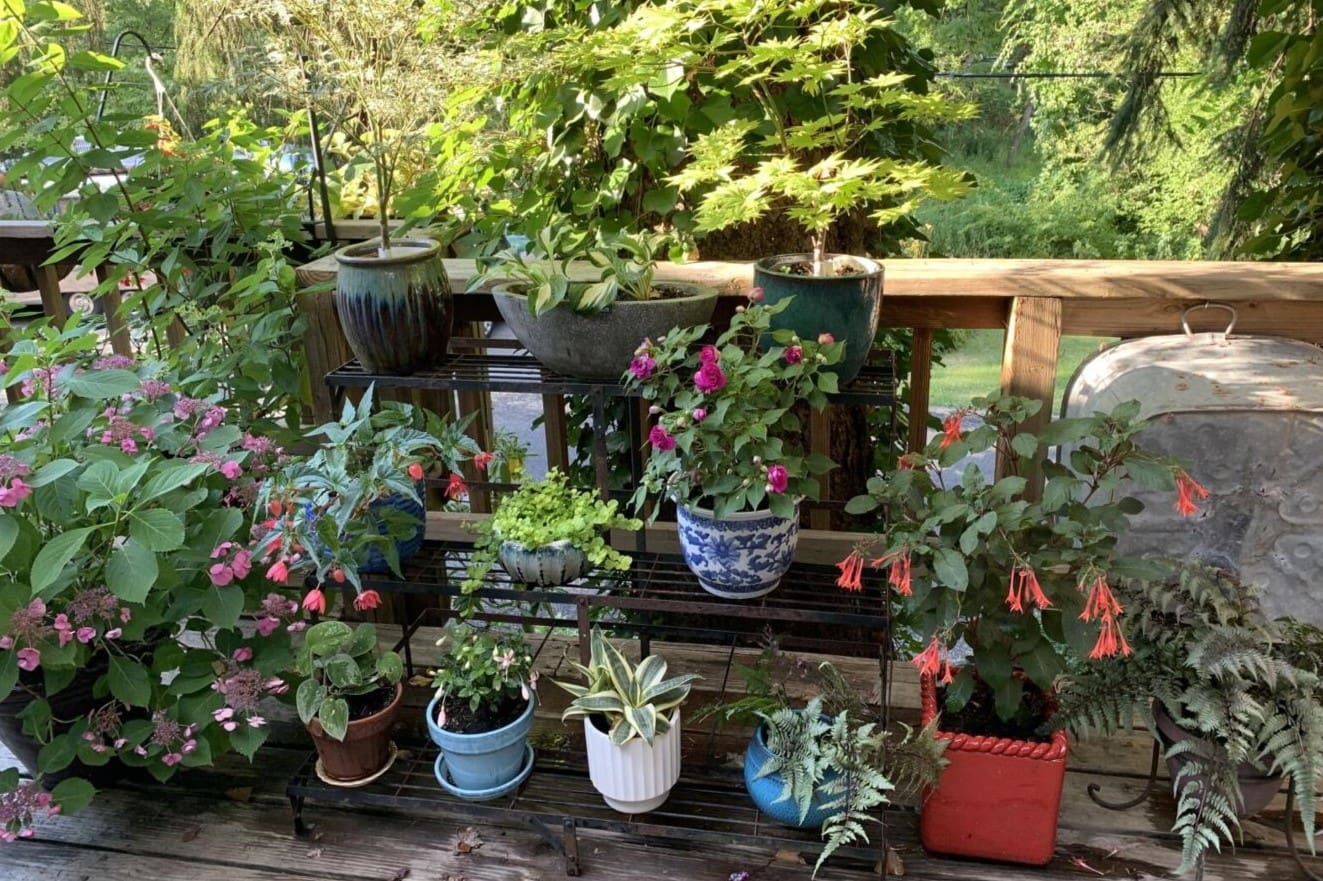
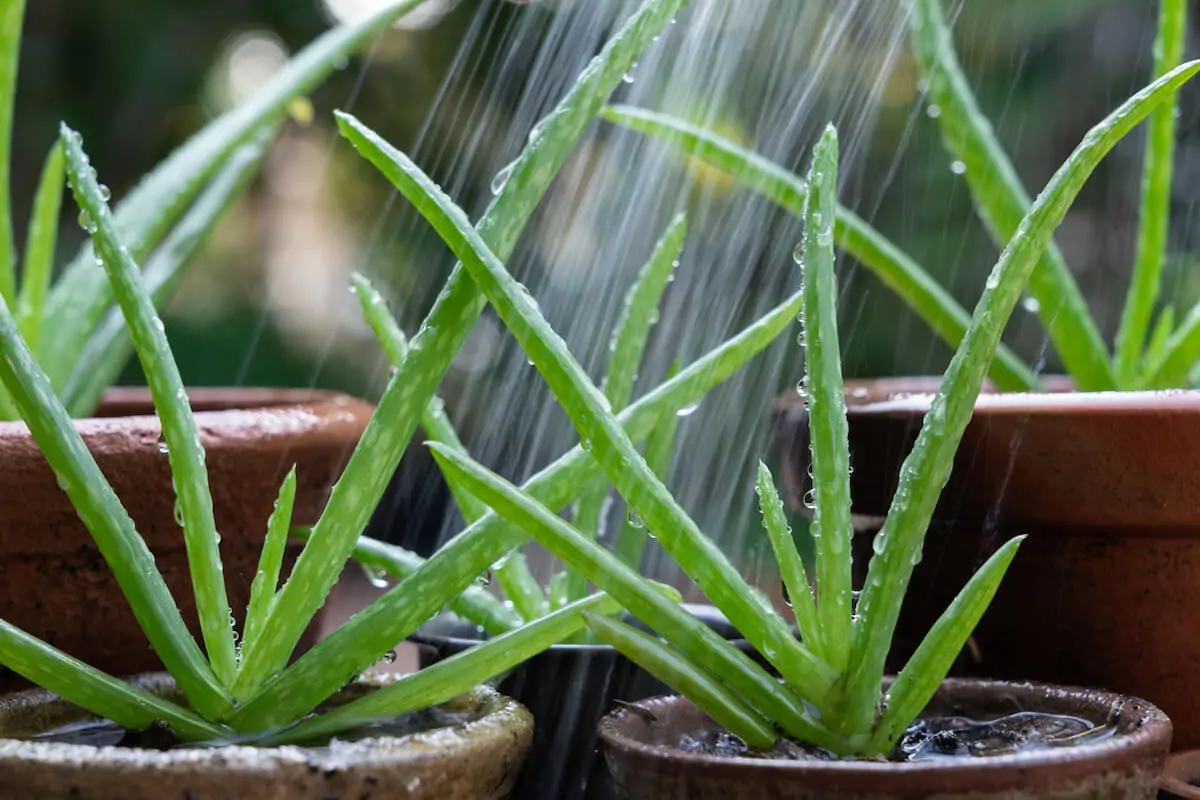
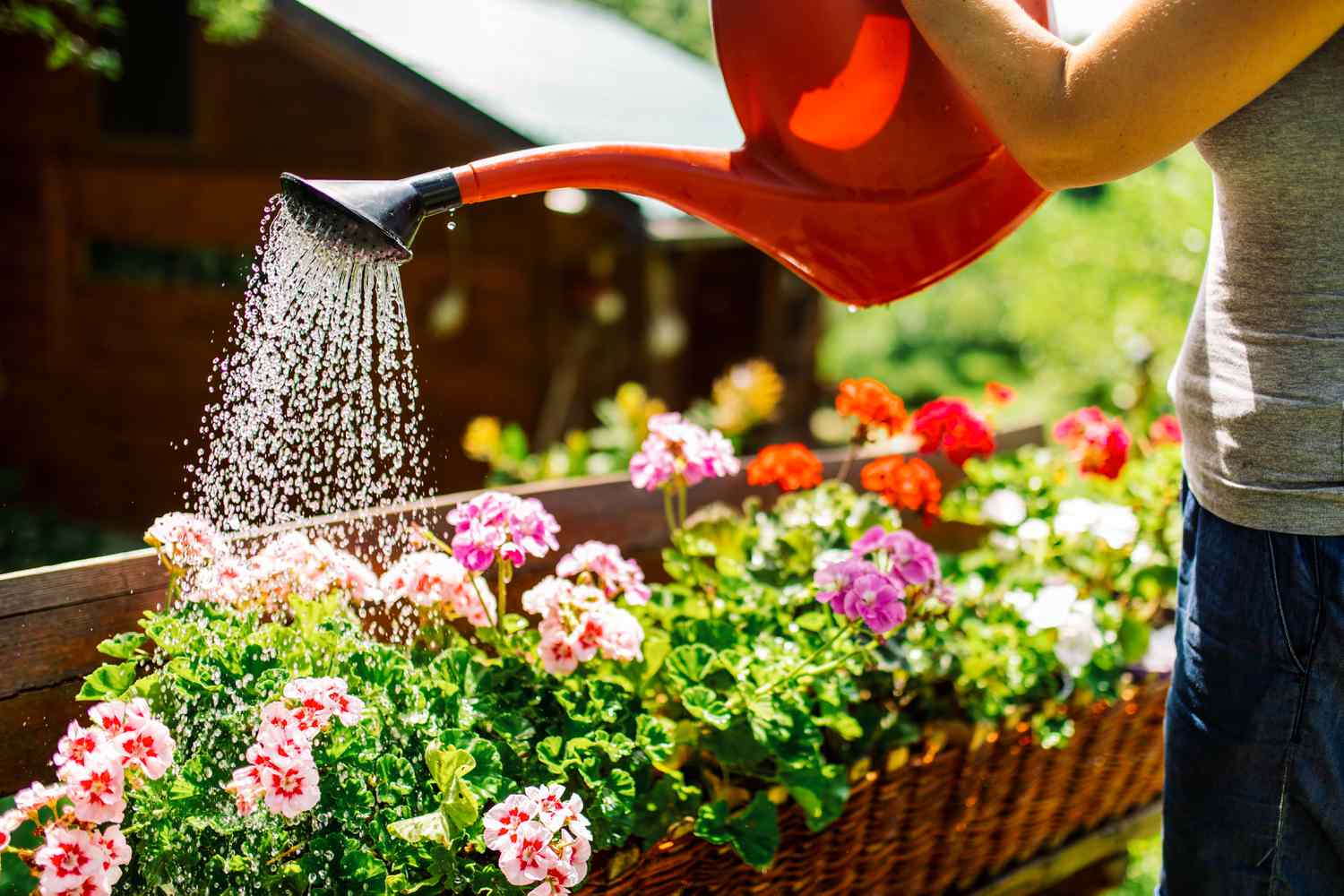
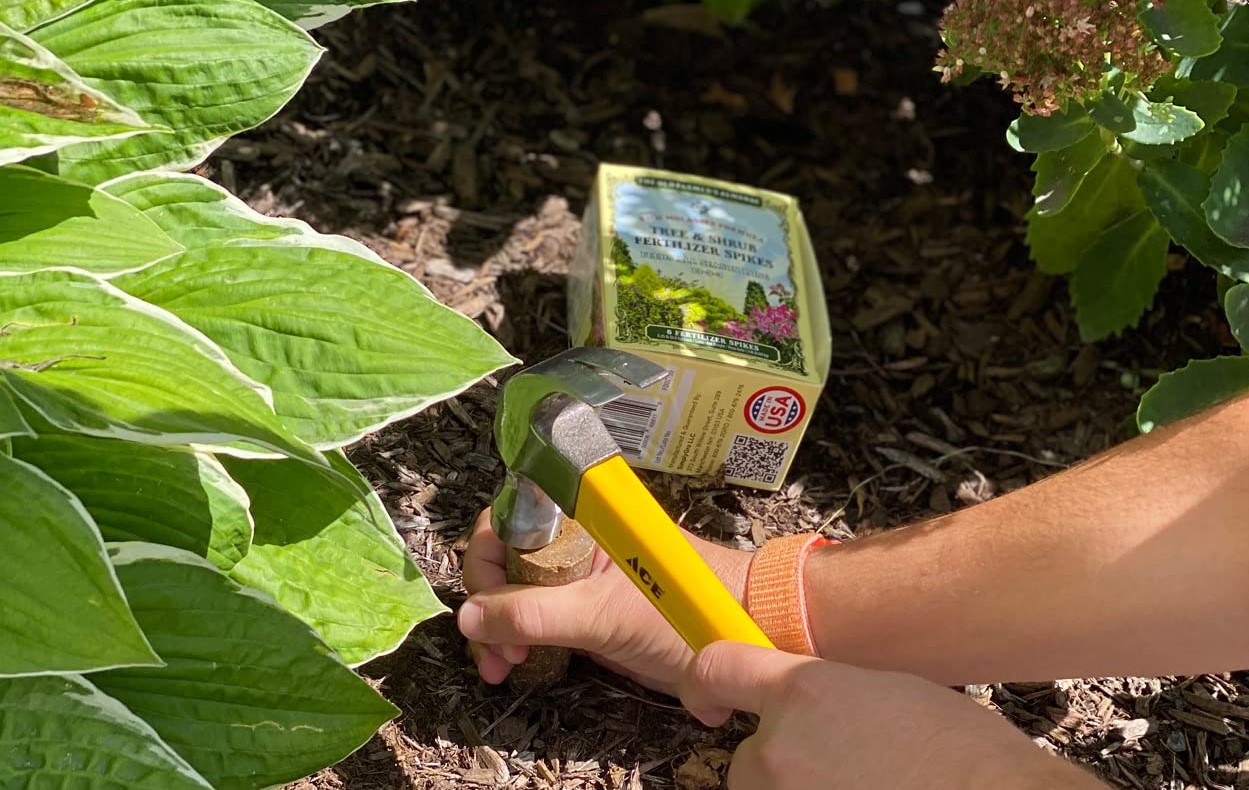
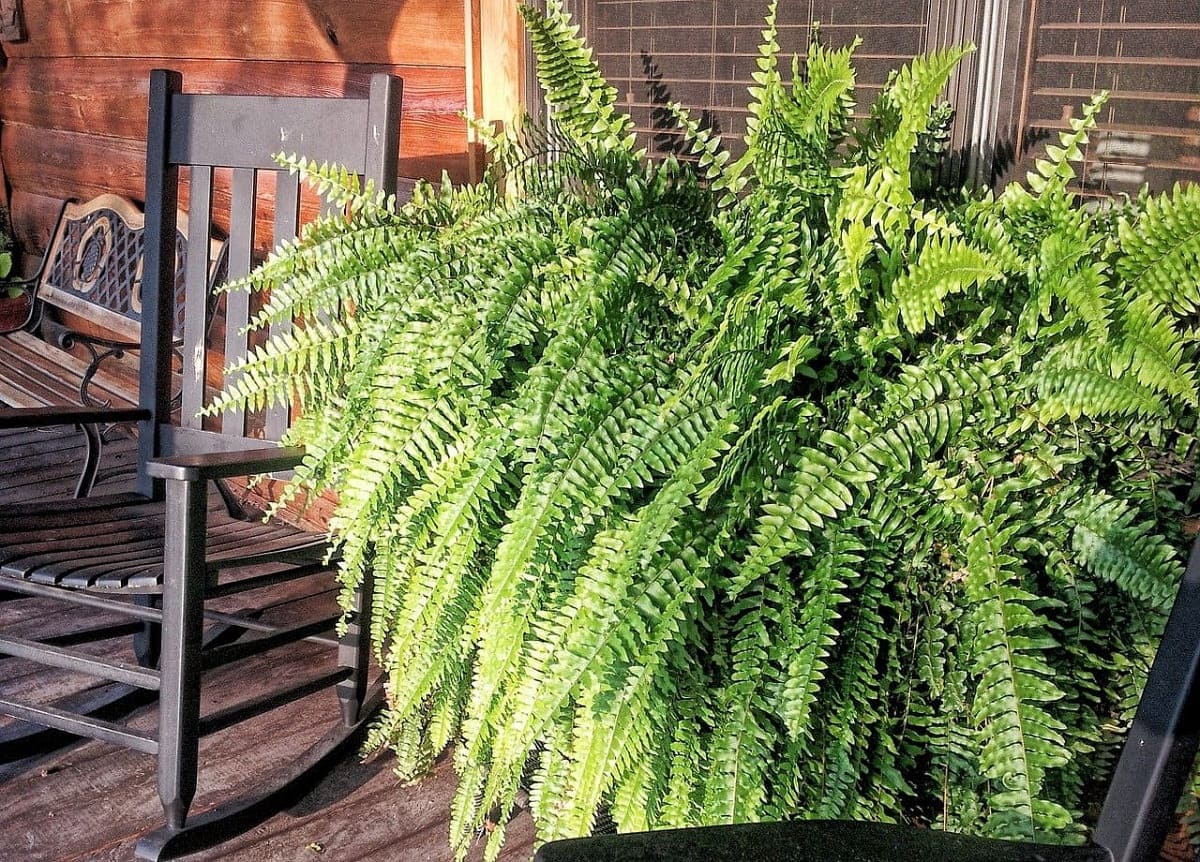
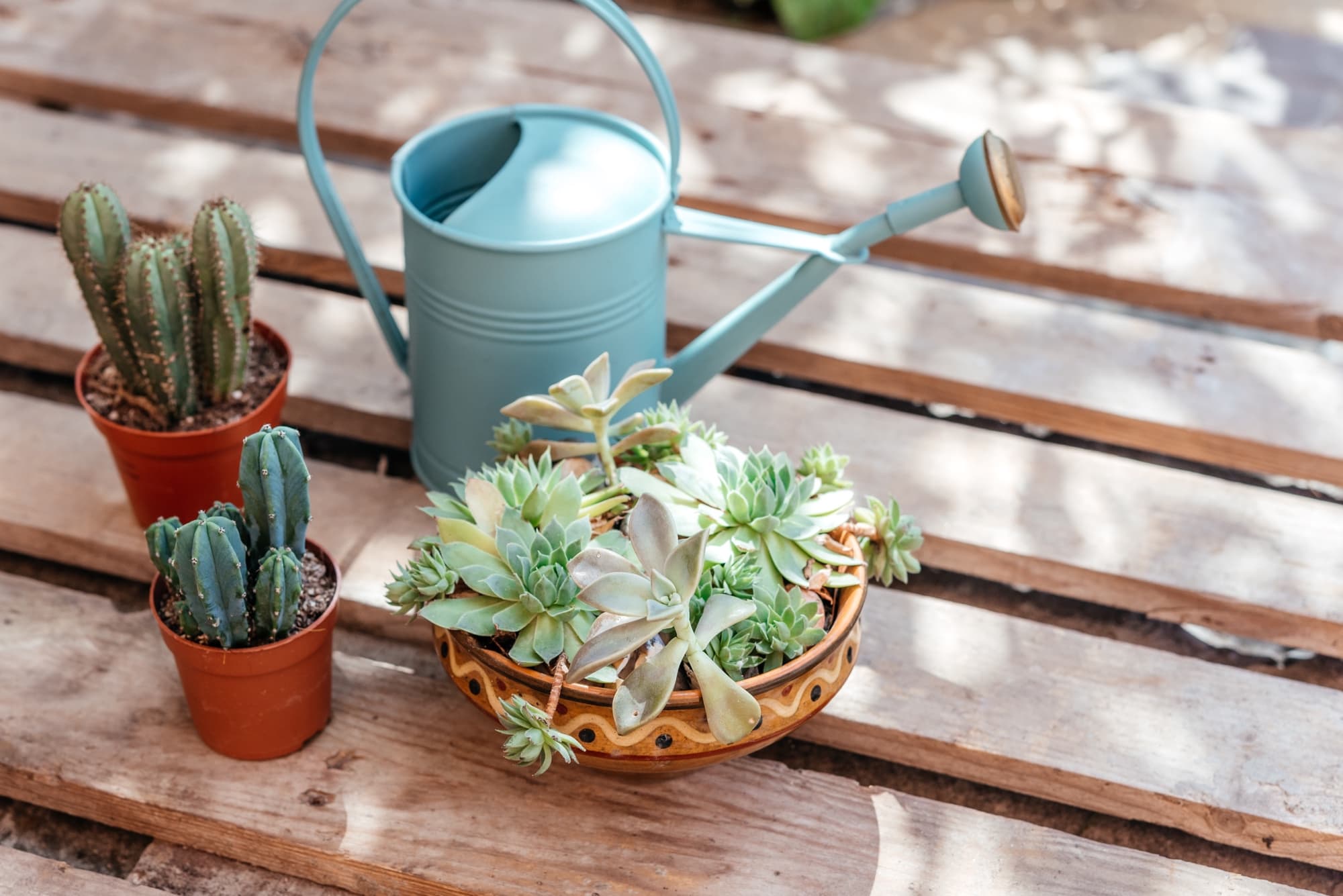
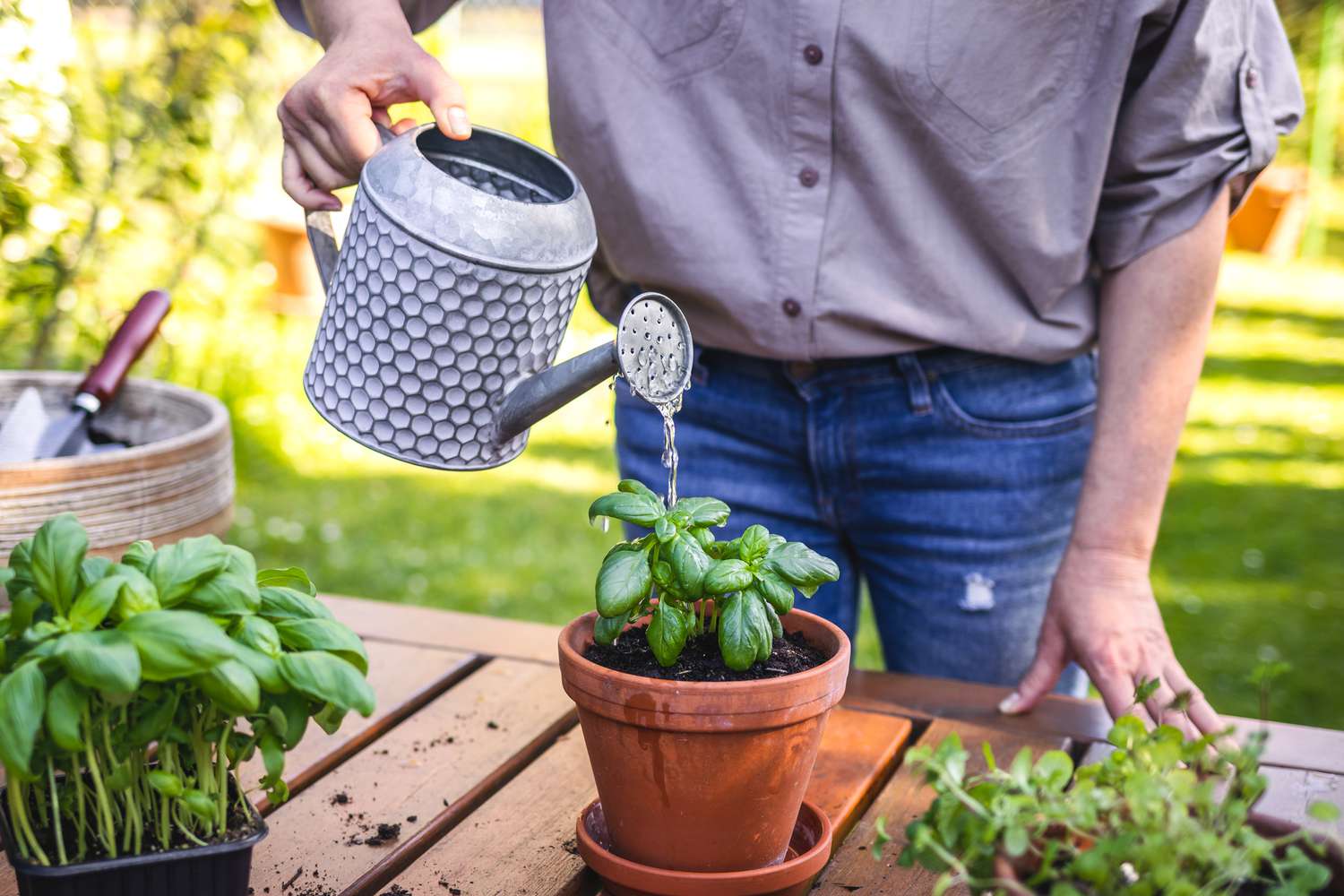
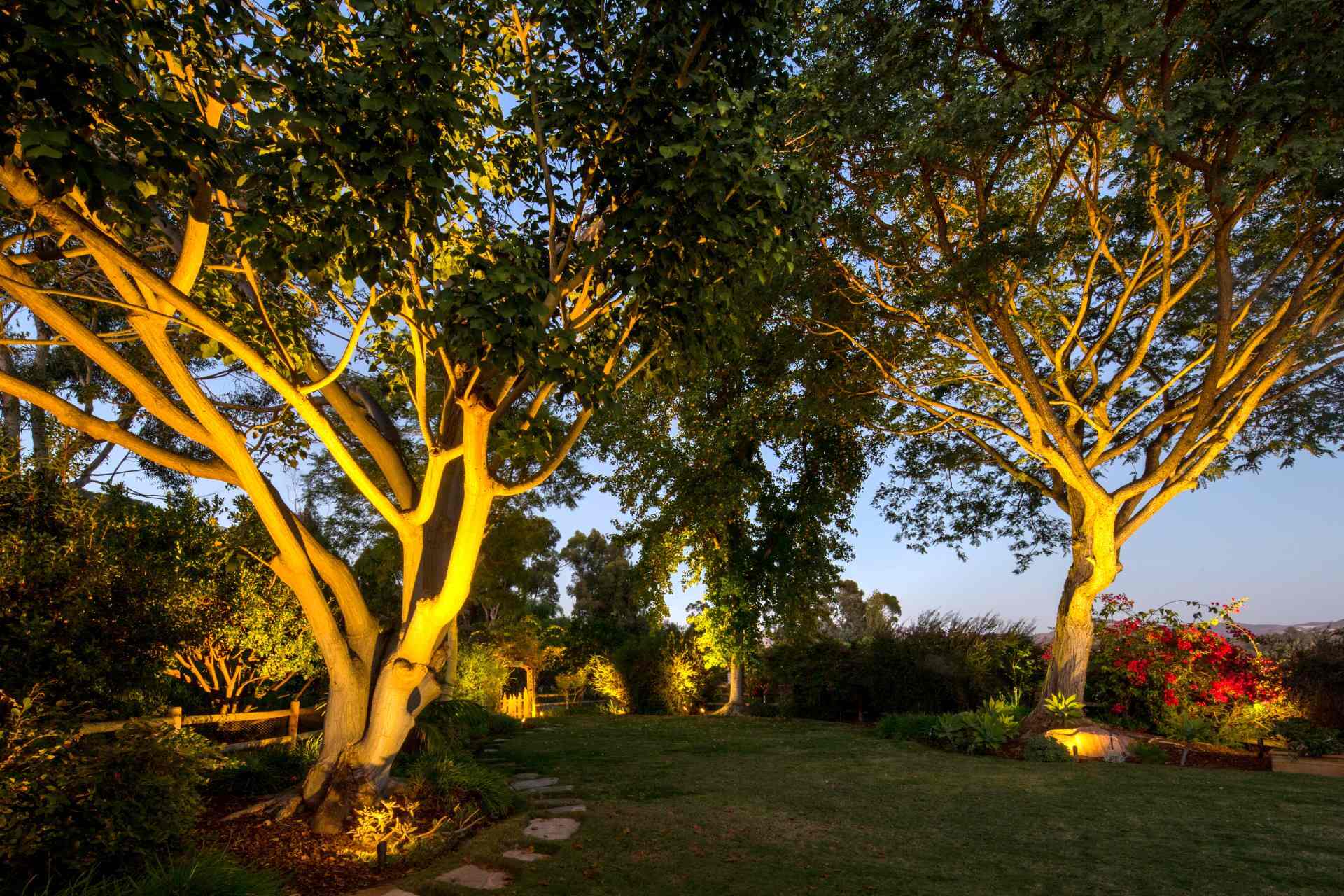
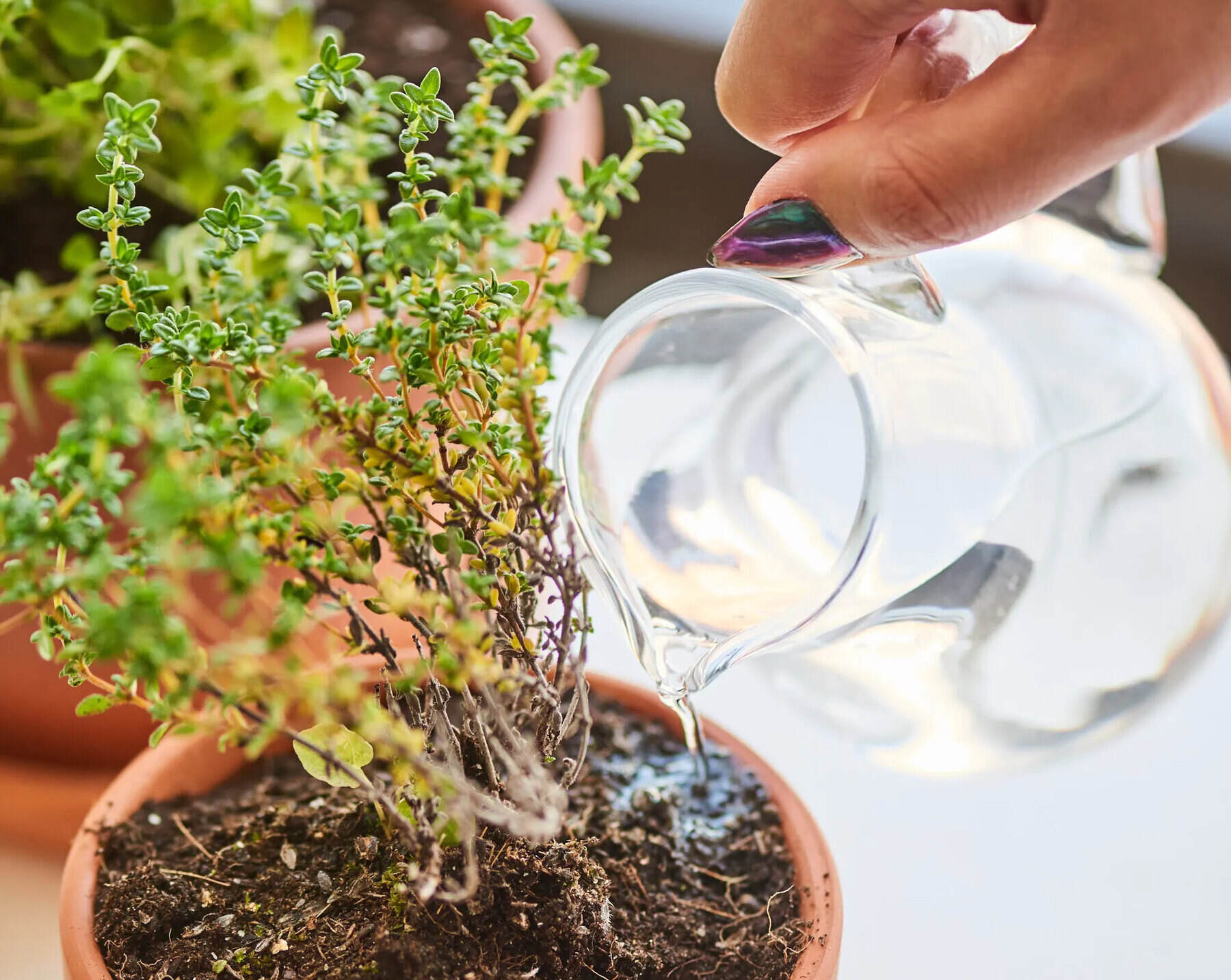

0 thoughts on “How Often To Water Outdoor Palm Trees”